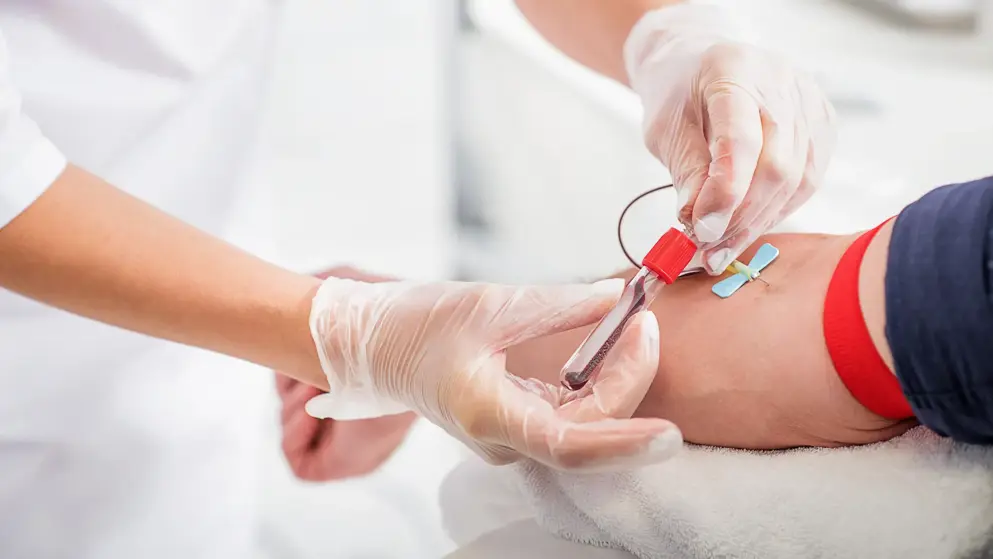Current treatment and unmet needs of hyperkalaemia in the emergency department
Current treatment and unmet needs of hyperkalaemia in the emergency department
Hyperkalaemia is a common electrolyte abnormality and can cause life-threatening cardiac arrhythmia. Even though it is common in patients with diabetes, heart failure, and kidney disease, there is poor consensus over its definition and wide variability in its treatment. Medications used to treat hyperkalaemia in the emergent setting do not have robust efficacy and safety data to guide treatment leading to mismanagement due to poor choice of some agents or inappropriate dosing of others. Moreover, the medications used in the emergent setting are at best temporizing measures, with dialysis being the definitive treatment. New and old k binder therapies provide means to excrete potassium, but their roles are unclear in the emergent setting. Electrocardiograms are the corner stones of hyperkalaemia management; however, recent studies show that they might manifest abnormalities infrequently, even in severe hyperkalaemia, thus questioning their role. With an aging population and a rise in rates of heart and kidney failure, hyperkalaemia is on the rise, and there is a need, now more than ever, to understand the efficacy and safety of the current medications and to develop newer ones.
Read abstract on library site Access full article




